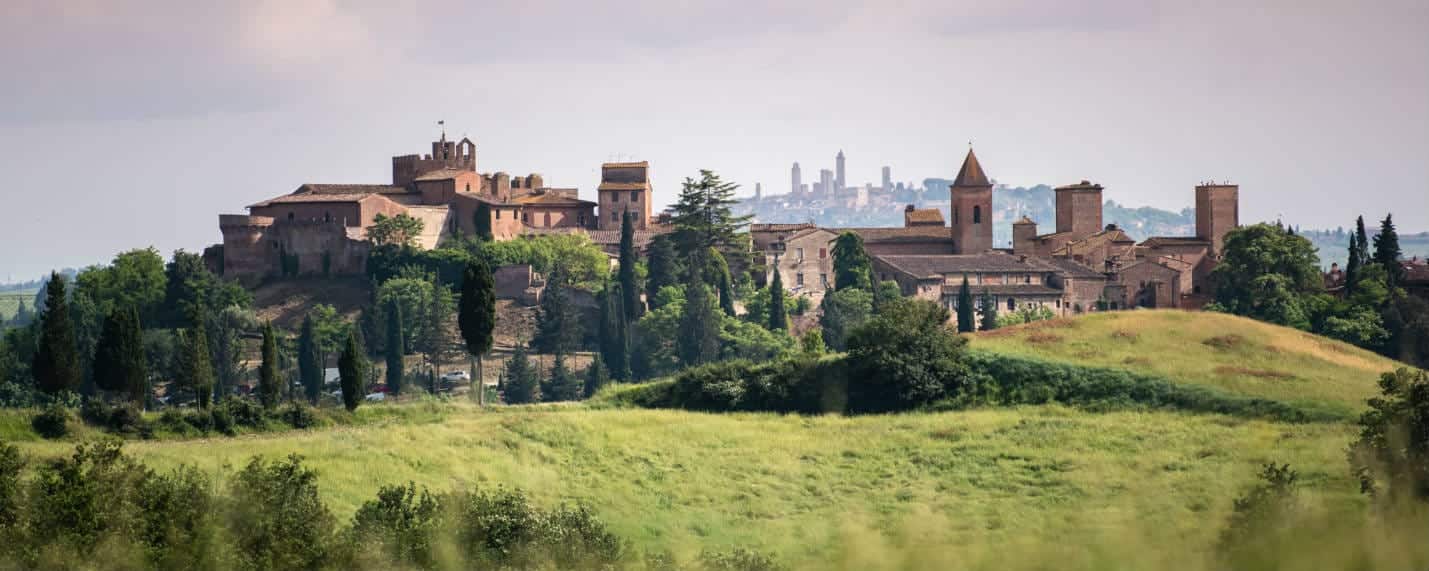The Palazzo Pretorio or dei Vicari is located in Certaldo, in Tuscany. This is the most important building of the medieval town, as well as one of the symbols of Certaldo. With the adjacent church of Saints Thomas and Prospero form a unique museum path. It is one of the three most important museums of the village together with the Museum of Sacred Art and to Boccaccio’s house, for which you can buy a single entrance ticket.
Today it has a facade of bricks, surmounted by merlons fruit of restorations of the nineteenth century, with a tower on the right with a clock here place in 1484. The coats of arms in glazed terracotta, marble pietra serena, etc. that dot the facade represent the peculiarity: facts affixed by the various Vicars who have lived in the palace from the fifteenth to the eighteenth century, show the arms of the vicar and an inscription with the date in which it took the charge. In front of the palace stands a small loggia transformed in the course of the nineteenth century in a private dwelling dabbing the spaces between the columns.
The palace is located in the highest part and most ancient of the village, where the two main streets of the medieval town: Via Boccaccio (supporting axis of the country) and via del Rivellino (the oldest). Ancient residence of the Counts Alberti, the palazzo was built toward the end of the XII century. Between the end of the thirteenth century and the beginning of the XIV century, Certaldo passed definitively under the influence of Florence and the Palazzo was confiscated by the Counts Alberti. Already by 1420 (date obtained from one of the numerous coats of arms present) to Certaldo resided a Vicar, magistrate fiorentino with the task of administering justice in Valdelsa and in Val di Pesa: the Palace from feudal male, was adapted to public building. The loggetta already existing in 1455 served for the solemn parades and for the public ceremonies of the Vicar. Inside the loggia, in front wall, there are frescoes: some are coats of arms, like that of the Medici family, lords of Florence, some as that depicting a woman with a scale and with a lion, of 1506, are allegorical paintings or symbolic of the political life of the area.



